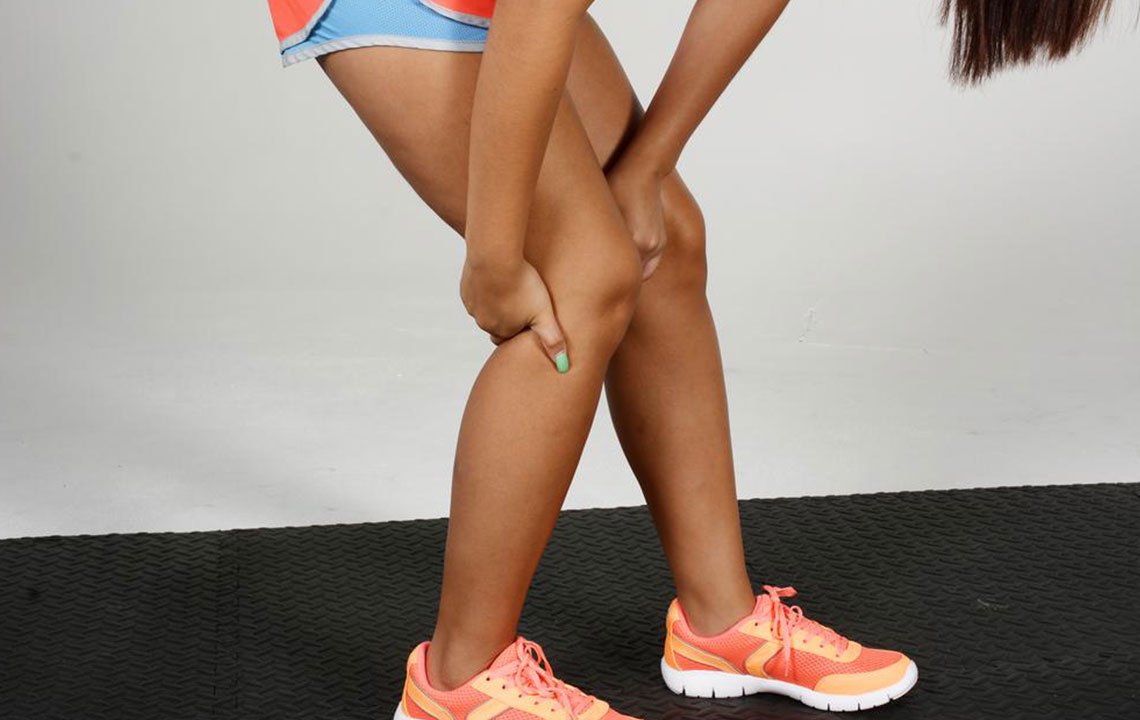Effective Treatment Options for Nighttime Leg Cramps

A leg muscle cramp refers to a severe and painful tightening or contraction of a muscle that strikes immediately. This lasts either for few minutes or just a few seconds. Some cramps can, however, last for several minutes. During night time, leg cramps are sudden spasms that occur in the calf muscles during the night time, and they may affect the foot or thigh as well. People often experience this problem when they are falling asleep, and some people become victims to muscle cramps when they wake up.
Major causes of muscle cramps at night
Identifying a clearcut cause for the pain is a difficult task. These issues are linked with nerve issues and muscle fatigue. As you age, the risk or the possibility of getting affected with nighttime leg cramps increases. Several pregnant women often have to deal with nighttime leg cramps. The common causes of this problem include exercise, injury, overuse of muscles, exposure to cold temperature, diabetic nerve damage, and kidney failure. If you are using some medications like specific diuretics, you always stand in with a chance of suffering from leg cramps in the might. A good number of people mistake restless legs syndrome (RLS) with leg cramps; this is a different condition. Other common conditions that make one vulnerable to leg cramps in the night include spinal stenosis, peripheral artery diseases, anemia, hyperthyroidism, Addison’s disease, diabetes, cirrhosis, osteoarthritis, Parkinson’s disease, diarrhea, and dehydration.
Effective solutions to stop a muscle cramp
You can find different types of methods to prevent a night muscle cramp. Every individual has to identify the best method that works for him/her. The simplest way is to massage and stretch the affected muscle. Another option is to take a bath using warm water for relaxing the muscle, and you can also place a heating pad to find relief. An ice pack can also be placed in the area, but you should separate the skin and ice pack with a cloth. Over-the-counter medications are available to reduce the pain associated with muscle cramps, and they include naproxen, acetaminophen, and ibuprofen. If a medical practitioner recommends medicines to treat muscle cramps, you must follow the guidelines with utmost discipline. If you experience any problem with the medications, contact the doctor at the earliest.
Important tips to prevent muscle cramps at night
Experts always advise people to drink a lot of fluids and sports drinks like Gatorade. These products offer some relief from the leg cramps. If you have a habit lying on your back while sleeping, your toes should be kept pointing in an upward direction. If you are lying on your front, your feet need to be hanging on the edge of the bed. Another effective tip is to maintain the blankets and sheets loose, and the consumption of alcoholic drinks must be avoided. When some people increase the time for exercise suddenly, they tend to experience muscle cramps at night. Suddenly increasing the amount of exercise is not at all advisable. Stretching your leg muscles for 4 to 5 minutes might help you prevent leg cramps, or you can ride a stationary bicycle for a couple of minutes before going bed. Following a healthy diet that is rich in magnesium, calcium, and potassium can offer protection against cramps to a certain extent. You can also take multivitamin supplements which would help in controlling this problem.
When should you seek professional medical help for night cramps?
Under normal circumstances at night time, leg cramps do not cause any serious problem. Although it is an annoying experience, muscle cramps do not create serious damage. However, there are cases where consulting a doctor becomes inevitable. If you have to deal with intense and frequent cramps, you must seek professional medical help. Some people experience nighttime leg cramps when they get exposed to toxins like lead, and this condition also demands immediate medical care. Other conditions that require immediate medical help are developing atrophy and muscle weakness with leg cramps and interrupted sleep due to the cramps in the night.
Some people undergo acupuncture treatment to relax their leg muscles effectively, while some therapists also recommend Epsom salt bath to control the cramps. Having a warm bath with Epsom salt provides magnesium to the outside parts of your body. When your muscles remain still, you become more vulnerable to this condition and staying active can offer some amount of relief. During night time, leg cramps can become highly irritating, and you need to find a way to get rid of this problem. Persistent and highly painful cramps need to be addressed with the help of a medical practitioner. When it comes to moderate cramps, you have to identify the best method that works for you after carefully considering all these options.


